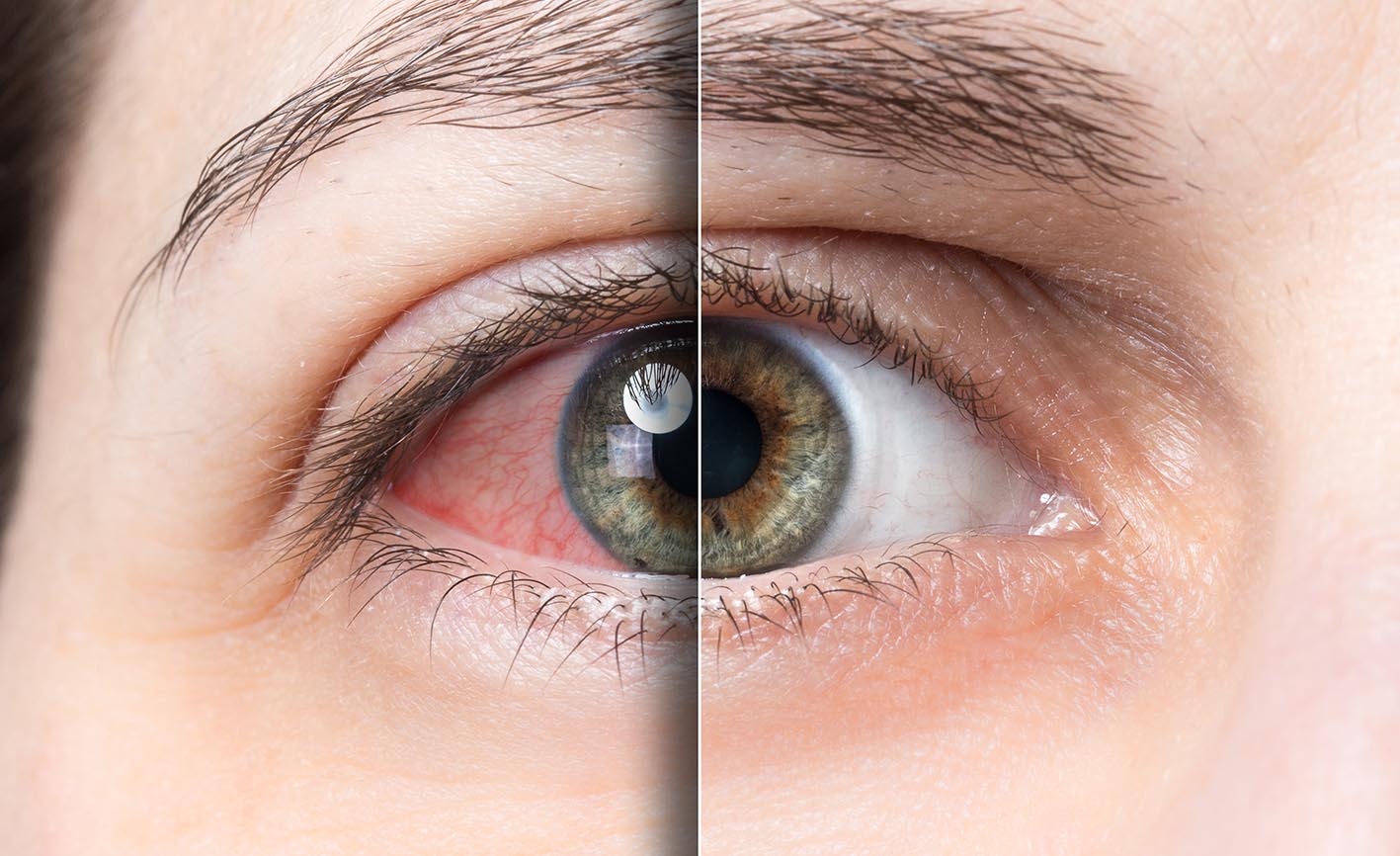- Email: doctorsarika1508@gmail.com
- Call: +91-9990659065
Glaucoma

Glaucoma
Glaucoma is often referred to as the "silent thief of sight" because it can develop without noticeable symptoms and gradually lead to irreversible vision loss. This eye condition is a serious concern that demands awareness and proactive management. Let's explore what glaucoma is and how it can be addressed.
What are Glaucoma?
There are several types of glaucoma, with the most common being
1. Open-Angle Glaucoma: This is the most prevalent type and occurs when the drainage angle within the eye is open but still results in increased IOP.
2. Angle-Closure Glaucoma: In this type, the drainage angle is blocked, causing a sudden increase in IOP, which is considered a medical emergency.
Glaucoma is a group of eye disorders characterized by increased intraocular pressure (IOP), which can damage the optic nerve—a critical component for transmitting visual information to the brain. This damage to the optic nerve can result in vision loss, and if left untreated, it can lead to blindness.
Types of Glaucoma
1. Refractive Power: The cornea is responsible for approximately two-thirds of the eye's focusing power, helping to bend and focus incoming light onto the retina.
2. Transparency: It is essential that the cornea remains clear and transparent to allow light to pass through, enabling clear vision.
Risk Factors
- Age: People over 60 are at higher risk.
- Family History: A family history of glaucoma raises your risk.
- Ethnicity: African Americans, Hispanics, and Asians are more susceptible.
- High Eye Pressure: Elevated IOP is a significant risk factor.
Symptoms
- Gradual loss of peripheral vision.
- Tunnel vision in advanced stages.
- Blurred vision or halos around lights.
- Severe eye pain, headache, nausea (a sign of acute angle-closure glaucoma).
Prevention and Management:
1. Regular Eye Exams: Routine eye check-ups can help detect glaucoma in its early stages when treatment is most effective.
2. Eye Pressure Monitoring: Regularly measuring your intraocular pressure helps in diagnosing and managing glaucoma.
3. Medications: Eye drops or oral medications can be prescribed to lower IOP.
4. Surgery:In some cases, surgical procedures may be necessary to improve drainage and reduce pressure.
Glaucoma is a serious eye condition that can result in vision loss if left untreated. Understanding the risk factors, symptoms, and the importance of regular eye exams can help detect and manage glaucoma in its early stages. If you have concerns about your eye health or glaucoma risk, consult with an eye specialist to ensure the well-being of your vision.
